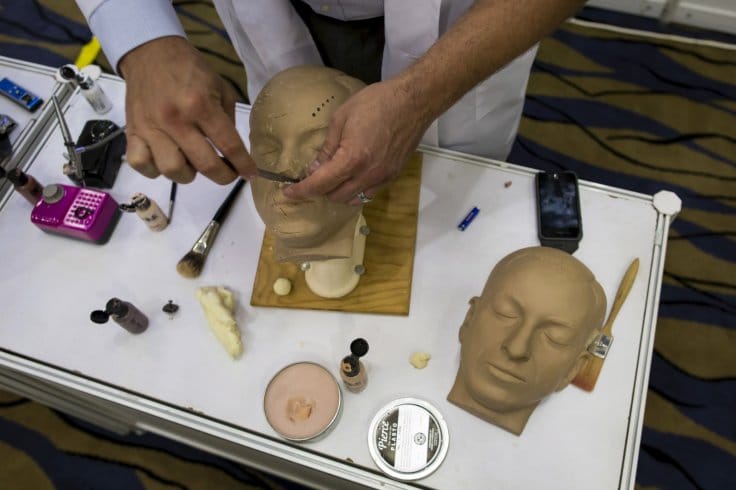
According to a report, some Chinese mortuaries are now making use of 3D printing in an unexpected way.
The idea is this: if someone is killed in a violent manner, sometimes their faces are disfigured, leading to a problem when open-casket funerals are expected. Traditionally morticians solve this dilemma by using plaster and other sculpting materials to reconstruct the person’s face for a brief funeral appearance. It’s also increasingly difficult to procure staff willing to do this work, as you might expect. In China this work is apparently considered “highly unlucky and unhygienic”, making the problem even worse.
However, that is a challenging process to do accurately, and also requires considerable manual labor to do so. Enter 3D printing as a technology improvement.
Now several mortuaries are using 3D printing to produce facial reconstructions that can more easily be used. This process takes far less time and is much easier on the staff.
Producing the print requires a 3D model of the deceased’s face, which could be difficult to obtain after death. However, it seems the process being used involves obtaining at least two photographs of the person prior to death from different angles. Software interprets the images and creates a rough 3D model approximating the person’s actual face shape.
After printing, the face can be painted and finished to make it more lifelike.
This approach hasn’t taken off in the West yet, as far as I know, perhaps due to cultural differences. However, if it did, there’s something everyone might want to consider doing.
Get a good 3D facial scan while you can.
Many 3D print operators have access to simple 3D scanning services that could easily capture faces in sufficient detail for this method to be applied in the future, if necessary. A kind of digital insurance, perhaps?
If there is sufficient demand, it may be possible to create a service business that could produce appropriate 3D facial prints based on submitted images or previously stored 3D scans. Such a service could provide face reconstructions to across a wide geography. Or this could be a sideline business for existing 3D print services. Which company will be the first to attempt it in the West?
Via IB Times

